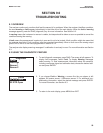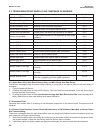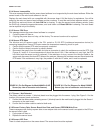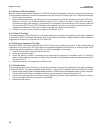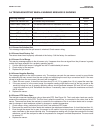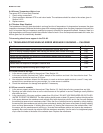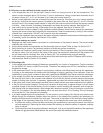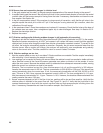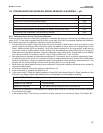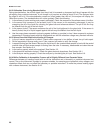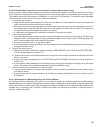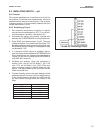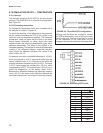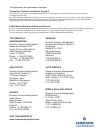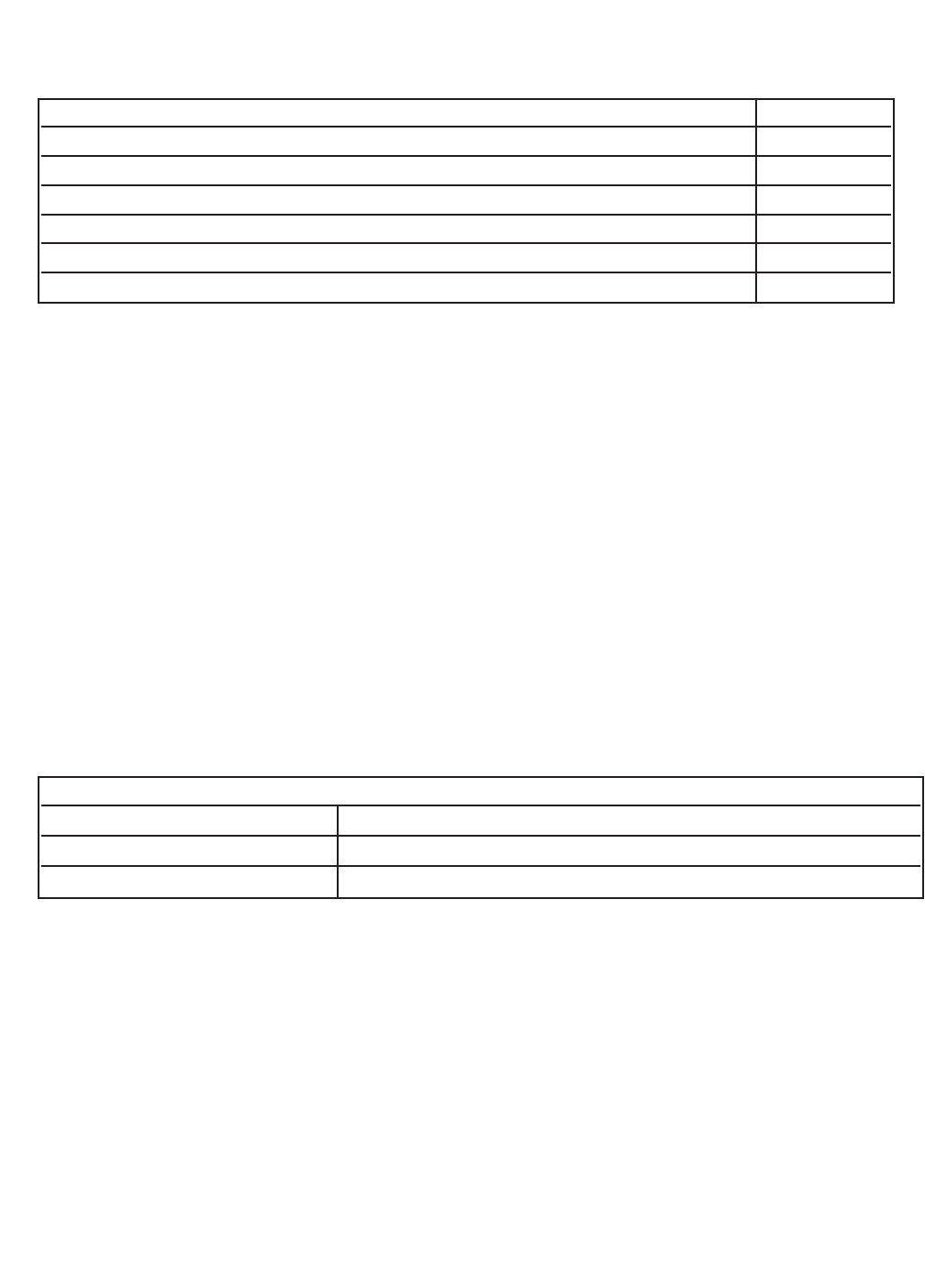
67
MODEL FCL-1056 SECTION 9.0
TROUBLESHOOTING
9.6 TROUBLESHOOTING WHEN NO ERROR MESSAGE IS SHOWING — pH.
Problem See Section
Calibration Error warning during two-point calibration 9.6.1
Offset Error warning during standardization 9.6.2
Sensor does not respond to known pH changes 9.6.3
Calibration was successful, but process pH is slightly different from expected value 9.6.4
Calibration was successful, but process pH is grossly wrong and/or noisy 9.6.5
pH readings are moderately noisy and tend to wander 9.6.6
9.6.1 Calibration Error During Two-Point Calibration
Once the two-point (manual or automatic) calibration is complete, the analyzer automatically calculates the sensor
slope (at 25°). If the slope is greater than 60 mV/pH or less than 45 mV/pH, the analyzer displays the Calibration
Error screen and does not update the calibration. Check the following:
1. Are the buffers accurate? Inspect the buffers for obvious signs of deterioration, such as turbidity or mold
growth. Neutral and slightly acidic buffers are highly susceptible to molds, which can change the pH of the
buffer. Alkaline buffers (pH 9 and greater), if they have been exposed to air for long periods, might also be
inaccurate. Alkaline buffers absorb carbon dioxide from the atmosphere, which lowers the pH. If a high pH
buffer was used in the failed calibration, repeat the calibration using a fresh buffer. If fresh buffer is not available,
use a lower pH buffer. For example, use pH 4 and 7 buffer instead of pH 7 and 10 buffer.
2. Was adequate time allowed for temperature equilibration? If the sensor was in a process substantially hotter
or colder than the buffer, place it in a container of water at ambient temperature for at least 20 minutes before
starting the calibration. Using auto calibration helps avoid calibration errors caused by temperature drift. The
analyzer will not update readings until the drift is less than 0.02 pH over 10 seconds.
3. Were correct pH values entered during manual calibration? Using auto calibration eliminates errors caused by
improperly entering data.
4. Is the sensor properly wired to the analyzer? See Section 3.2.
5. Is the sensor dirty or coated? See Section 8.3.2.
6. Is the sensor faulty? Check the glass impedance. Press DIAG and choose Sensor 2. Glass impedance is the
third item in the display. Refer to the table below for an interpretation of the impedance readings.
GLASS IMPEDANCE (Glass Imp)
less than 10 MΩ Glass bulb is cracked or broken. Sensor has failed.
between 10 and 1000 MΩ Normal reading.
greater than 1000 MΩ pH sensor may be nearing the end of its service life.
Another way of checking for a faulty sensor is to replace it with a new one. If the new sensor can be calibrated,
the old sensor has failed.
7. Is the analyzer faulty? The best way to check for a faulty analyzer is to simulate pH inputs. See Section 9.9.



